When I travel to a city, I like to spend some time in the main square because it allows me to get a feel for the destination. An urban square could be considered a city’s beating heart—it’s where locals and visitors gather to meet, chat, and people-watch, and all roads seem to lead.
From Venice to Moscow to Marrakesh, these magnificent city squares are destinations in themselves and shouldn’t be missed.
La Grand-Place, Brussels, Belgium
One of the most stunning squares in all of Europe, the main square in Brussels illustrates a medley of architectural styles, including Baroque, Gothic, and Louis XIV. Probably its most notable building is the 15th-century Hôtel de Ville, or town hall. Since it survived the bombardment of Brussels in 1695, the Hôtel de Ville is the only medieval structure still standing. While La Grand-Place was historically a market, today it draws tourists and Belgians alike, some wandering from cafés and chocolate shops such as Godiva and Neuhaus, mere steps away. Although crowds are tough to miss here, this astonishing UNESCO World Heritage Site is a must-see attraction in Belgium.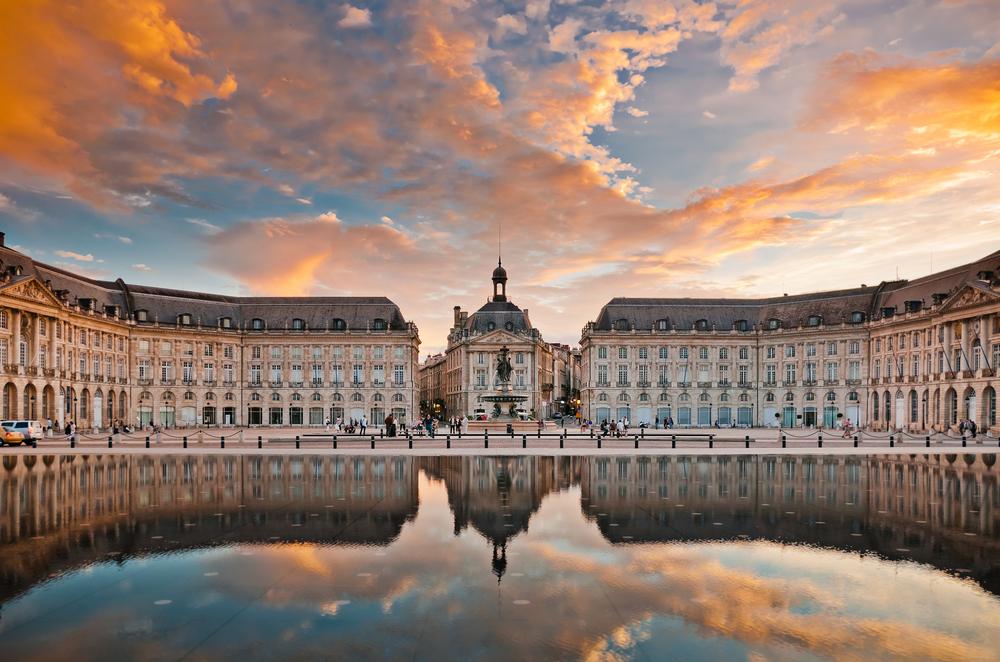
Place de la Bourse, Bordeaux, France
A gorgeous example of 18th-century French design thanks to architect Ange-Jacques Gabriel, Bordeaux’s Place de la Bourse was constructed from 1735 to 1755. The landmark played a vital role in Bordeaux’s development and trade, as well as the city’s stature in Europe and around the world. Facing the Garonne River and flanked by two neoclassic palaces, the Place de la Bourse features the Fountain of Three Graces—representing Zeus’s daughters: Aglaia, Euphrosyne, and Thalia—in its center. Though the square is lovely during the daytime, it is striking in the evening. Be sure to go after dark when the lights mirror in the Miroir d'Eau, a vast reflecting pool and one of Bordeaux’s most photographed sights.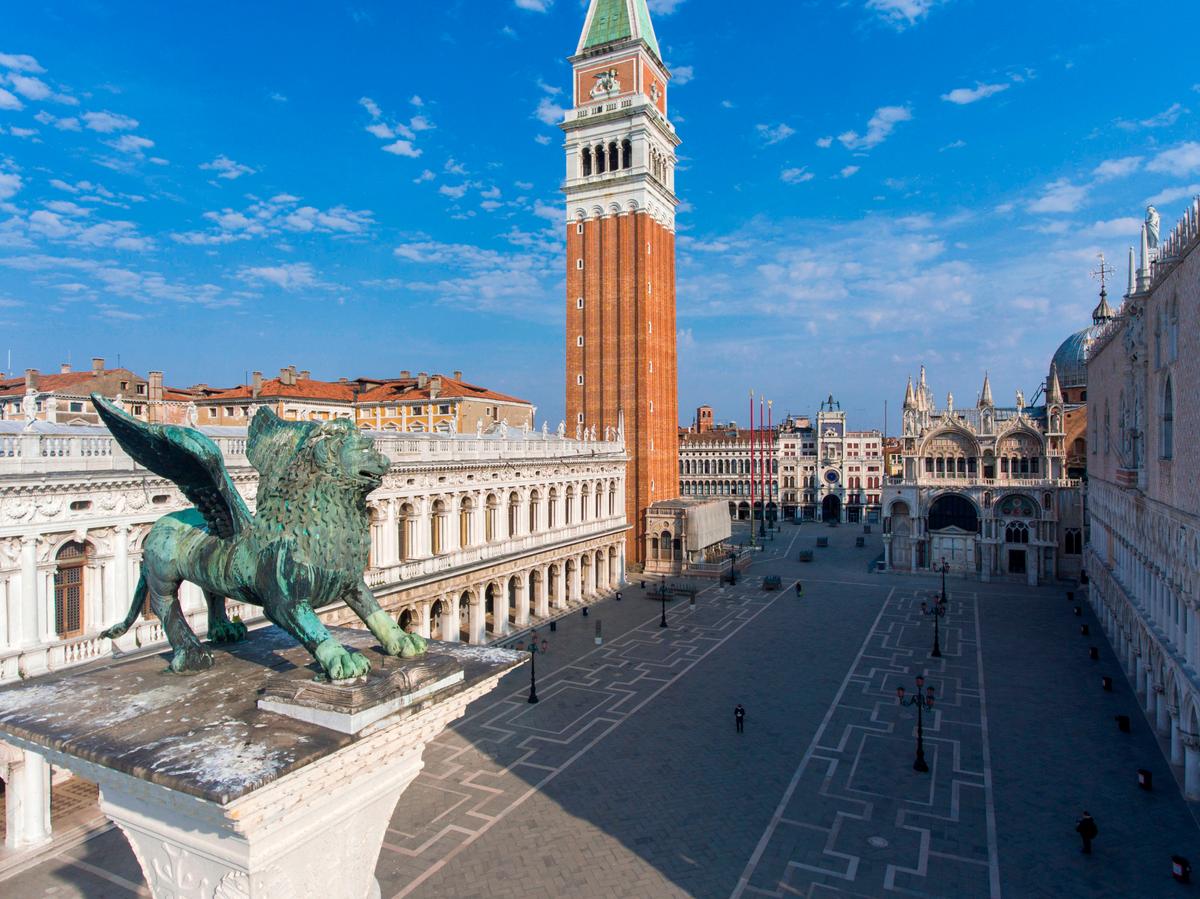
St. Mark’s Square, Venice, Italy
“The world’s most beautiful drawing room,” according to Napoleon, this plaza oozes nostalgia, harmony, and grace. St. Mark’s Cathedral helms the eastern edge, while arcades line the other three sides, and the campanile (brick bell tower) rises above. One of the most photographed landmarks in Venice, if not all of Italy, St. Mark’s Square, or Piazza San Marco, is as quintessentially Venetian as the city’s canals and Harry’s Bar. Perhaps it’s the expanse of open space—often populated by tourist-fed pigeons—the jaw-dropping cityscape embracing its periphery, or the square’s magical backdrop, that draws millions of folks each year.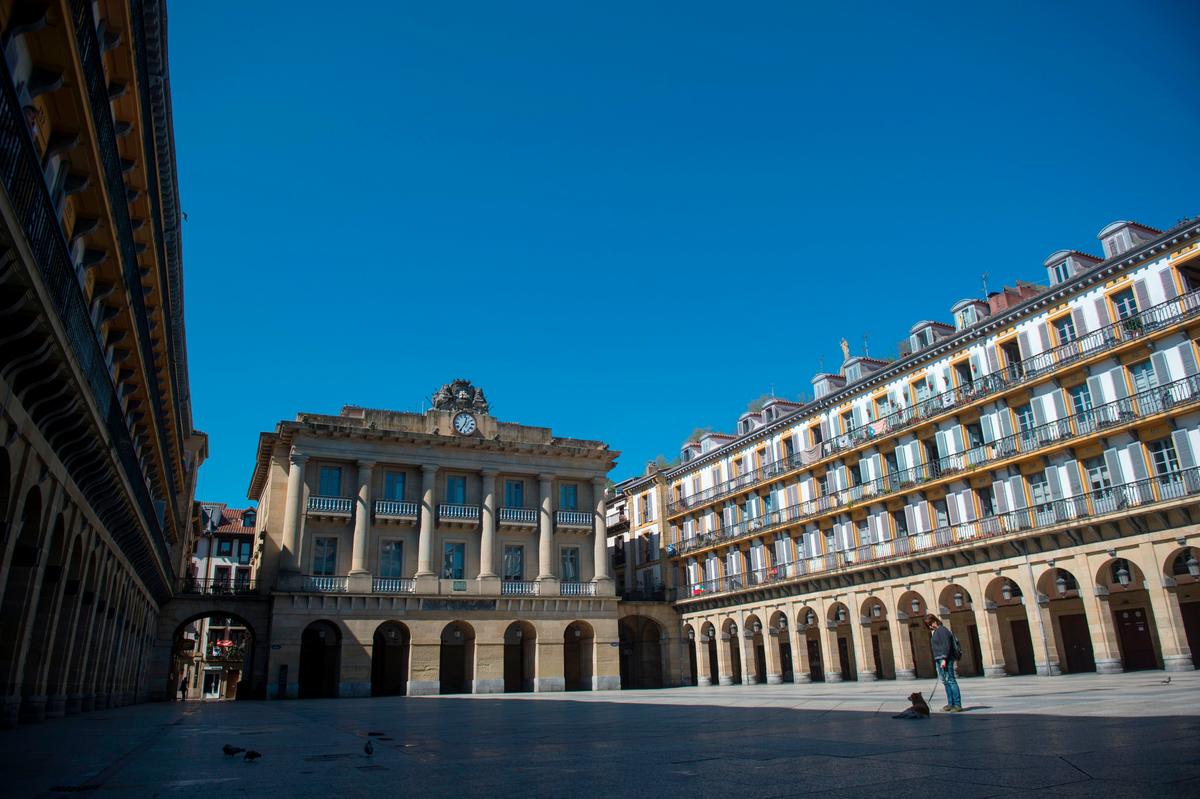
Constitution Square, San Sebastián, Spain
While most people visiting this Basque city have food on their minds, there’s no denying the cinematic streetscape of San Sebastián’s old town. Constitution Square, with roots as far back as 1817, just four years after the city was rebuilt due to a fire, was once used for bullfights. In fact, the ring numbers for ticketholders still exist above each window. But these days, it’s a center for celebrations including the Tamborrada, a drum festival, and the Fair of Santo Tomás. The square’s terraces and the surrounding alleys make an ideal setting for sipping a glass of wine or savoring what perhaps the city is famous for—pintxos or tapas.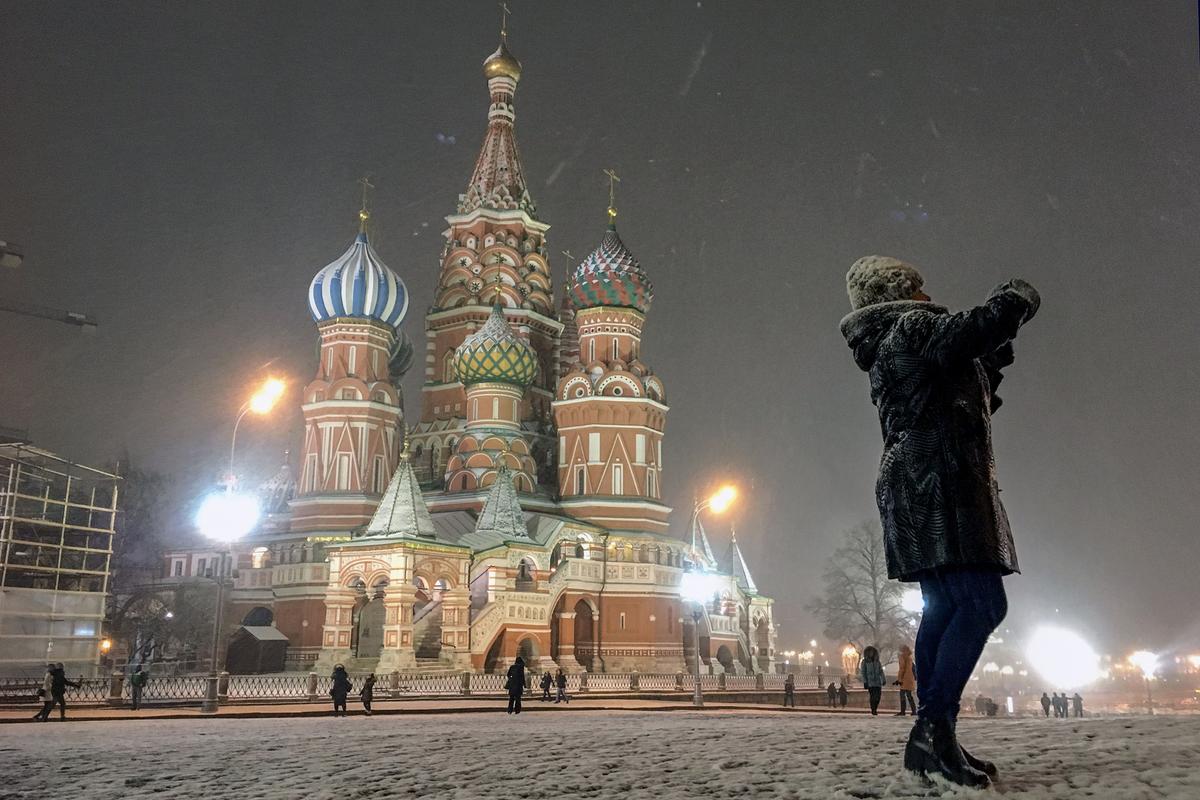
The Red Square, Moscow, Russia
In old Russia, the color red was a symbol of beauty; hence, the name of this plaza in Russian is “Krasnaya Ploshchad,” translating to “Red Square,” or “Beautiful Square.” At nearly 800,000 square feet, the Red Square serves as a home for various monuments, museums, St. Basil’s Cathedral—recognized for its nine multicolored onion domes—the Naryshkin Baroque-style Cathedral of Kazan, and the GUM galleries, the essential department store in Russia. Dating to the late 15th century, the square connects to the Kremlin, a fortified complex where the country’s president resides. Visitors could easily spend a day touring and photographing the square and its features, which in and of themselves draw scores of people each year.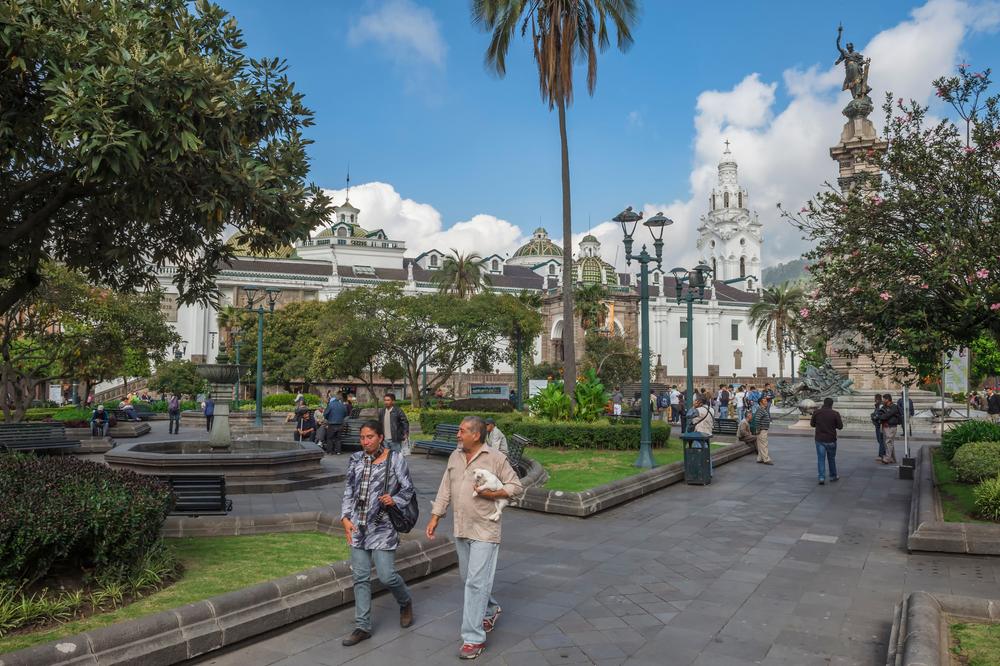
Independence Square, Quito, Ecuador
Unless you’ve been to Quito, you probably aren’t aware of the abundance of colonial architecture in the city’s historical center. Independence Square, or Plaza de la Independencia, is the oldest section in the quarter, showcasing Quito’s most beloved buildings: the Presidential Palace, Archbishop’s Palace, Municipal Palace, Cathedral of Quito, and the Plaza Grande Hotel, where many rooms feature sweeping views of the plaza. While much has transpired since its birth in the 16th century, one of its most extraordinary moments was the unveiling of the Heroes of Independence statue, a memorial honoring Ecuador’s independence from Spain. Activity is the norm on Independence Square, so expect vibrant energy all day long and music in the evening.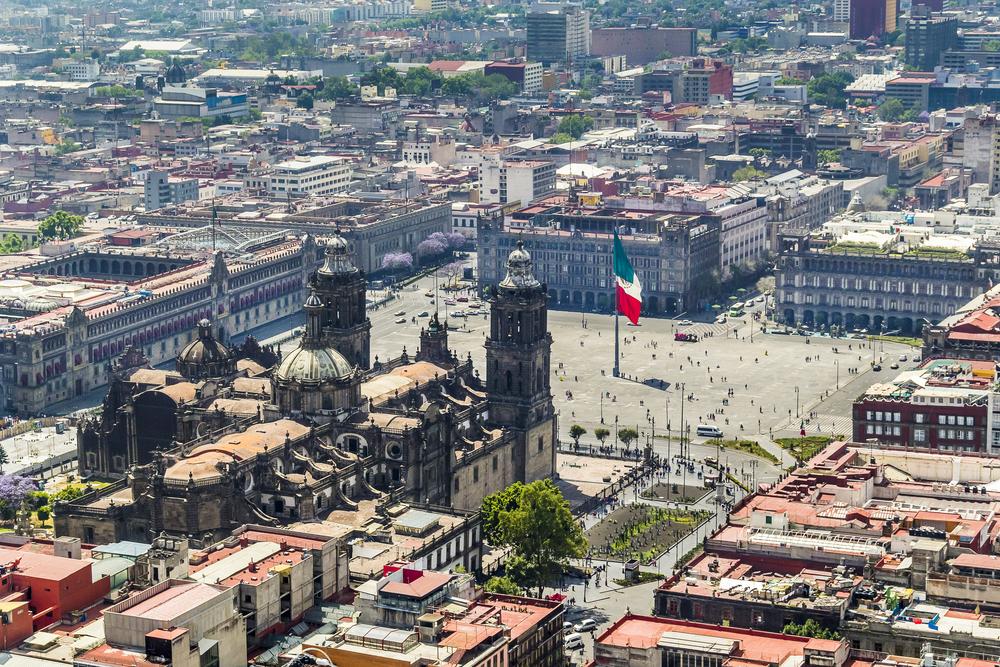
Zócalo, Mexico City, Mexico
The Mexican flag flutters in the breeze over this lively plaza in Centro Histórico, the largest city square in Latin America. Dating to the 16th century, the Zócalo—also called Plaza de la Constitución—is an epicenter for hotels, restaurants, shops, and landmarks like the National Palace, the seat of Mexico’s government, the Metropolitan Cathedral, the Templo Mayor, a museum and archaeological site, and Alameda Central, the oldest public park in the Americas. The plaza also acts as an events venue for exhibits, performances, demonstrations, and festivals. Free walking tours begin daily at 11 a.m., and several prominent museums are within a stone’s throw of the plaza.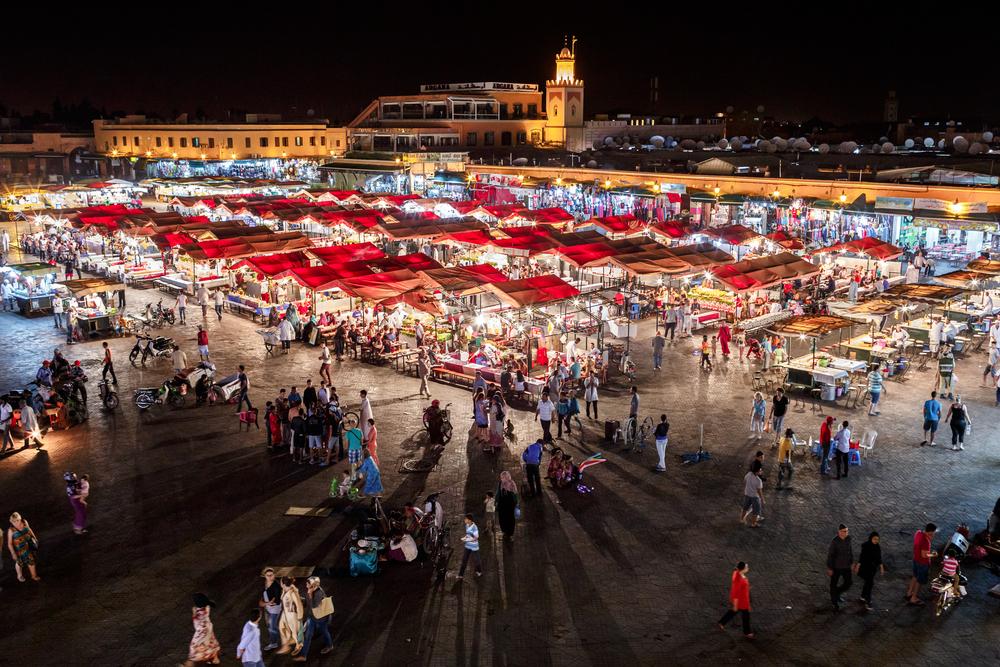
Djemaa el Fna, Marrakesh, Morocco
Folklore says this main square’s name translates to “assembly of the dead” because executions were supposedly held here thousands of years ago. Today, the frenetic marketplace is where locals and tourists congregate to listen to live music and witness snake charmers, tattoo artists, and belly dancers in action. Set in the medina, or old quarter, Djemaa el Fna is also a shopper’s paradise and the Place in Marrakesh for buying spices, rugs, jewelry, lanterns, and a potpourri of souvenirs. Arrive before sunset and secure a table—then watch Djemaa el Fna come to life while feasting on grilled lamb merguez and fried fish, washed down with a cup of fresh mint tea.The next time you travel to a city, make your way to the main square. Ripe with energy, these public plazas provide a glimpse into a place’s culture and community, preparing you for the remainder of your time in the destination.
Tracy Kaler is a travel writer based in New York. She’s written for The Telegraph, Barron’s Penta, amNewYork, and other publications. When she’s not glued to her laptop, she’s wandering the city she loves or off discovering another part of the planet.

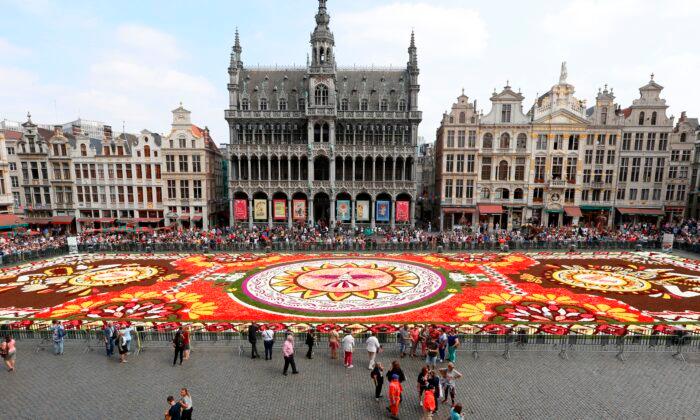

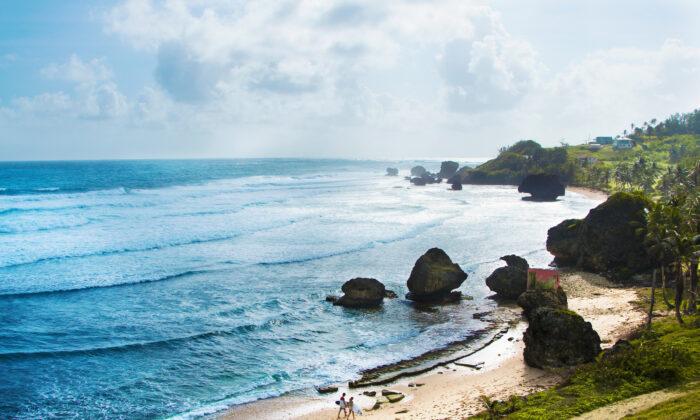
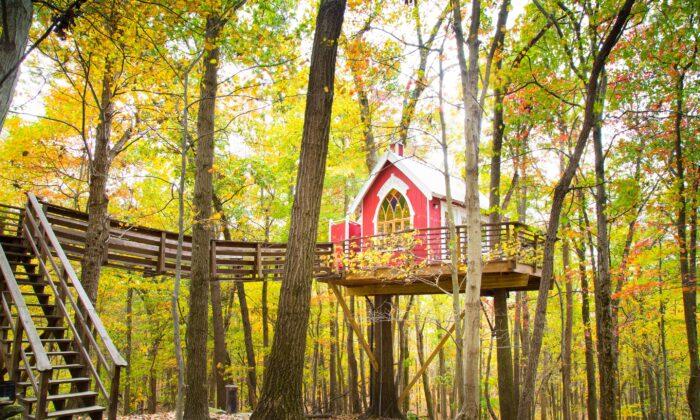
Friends Read Free